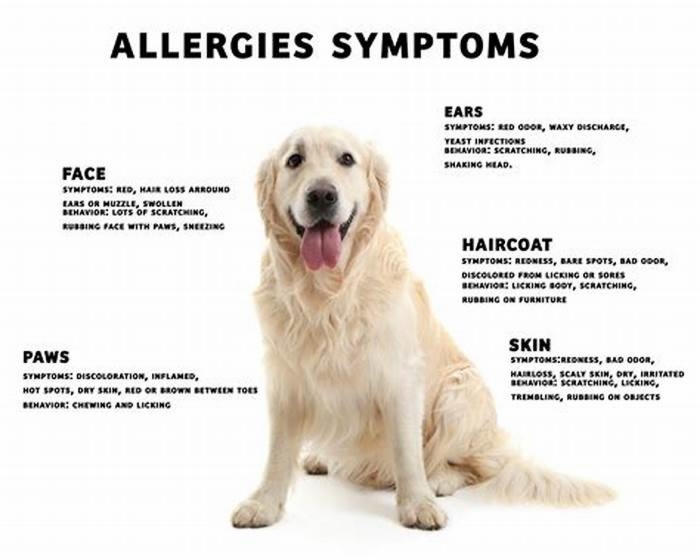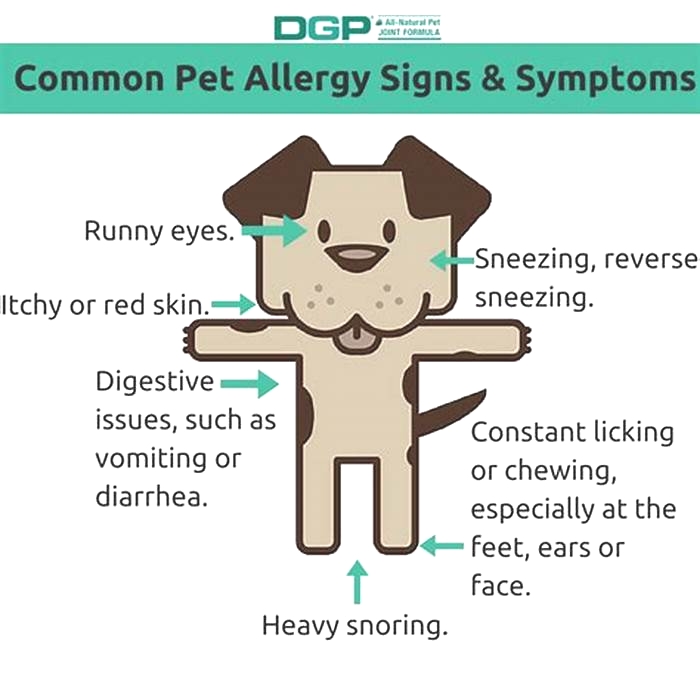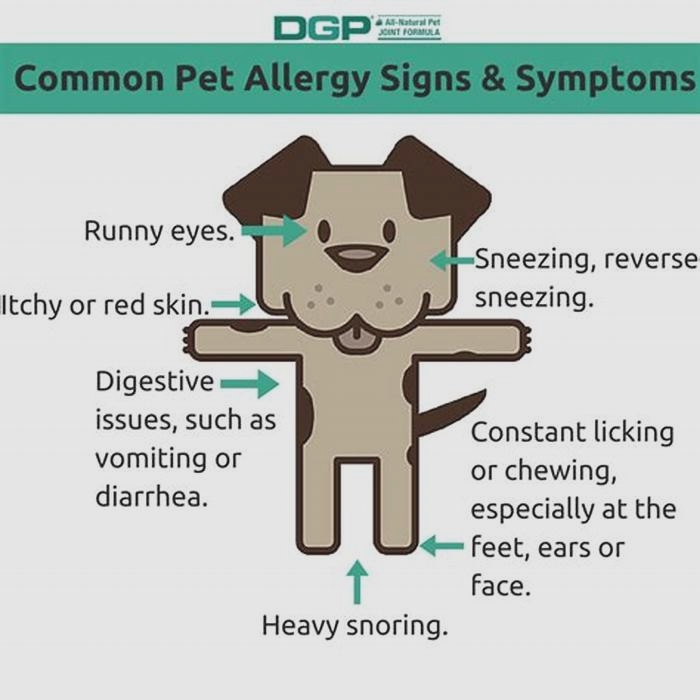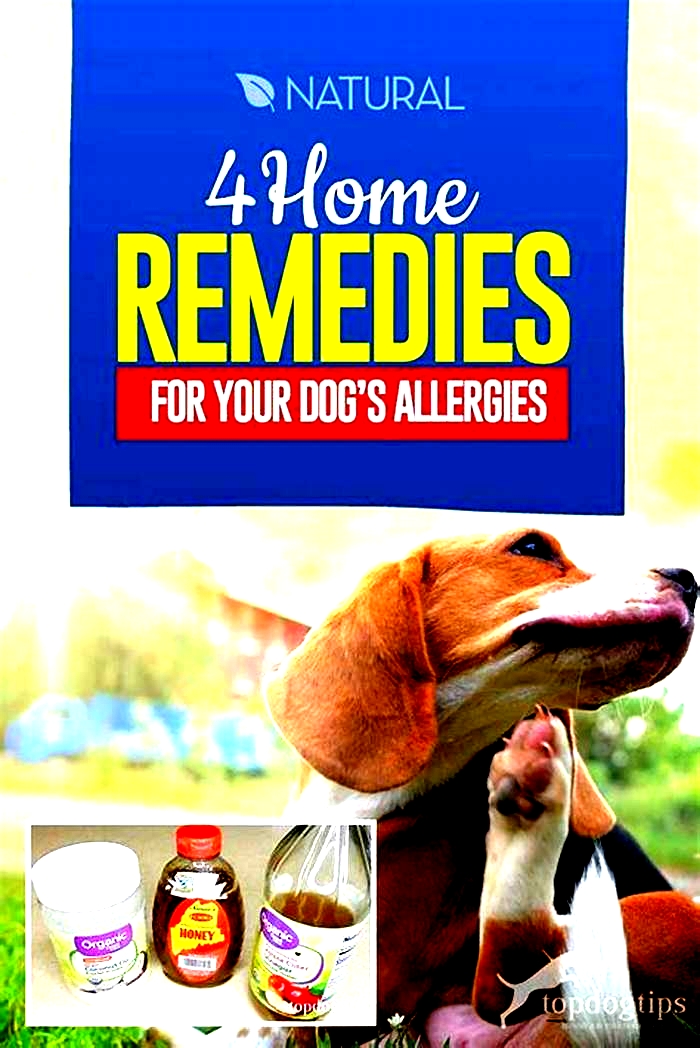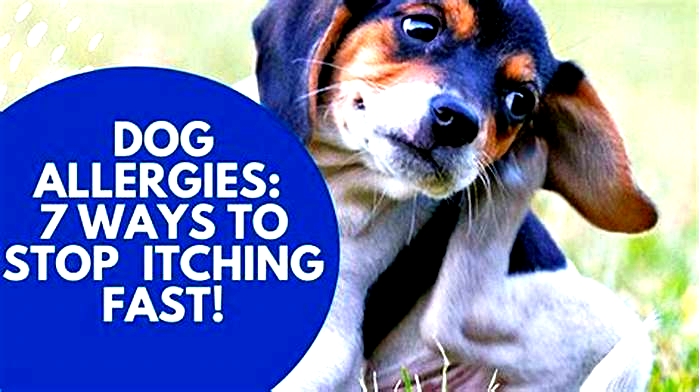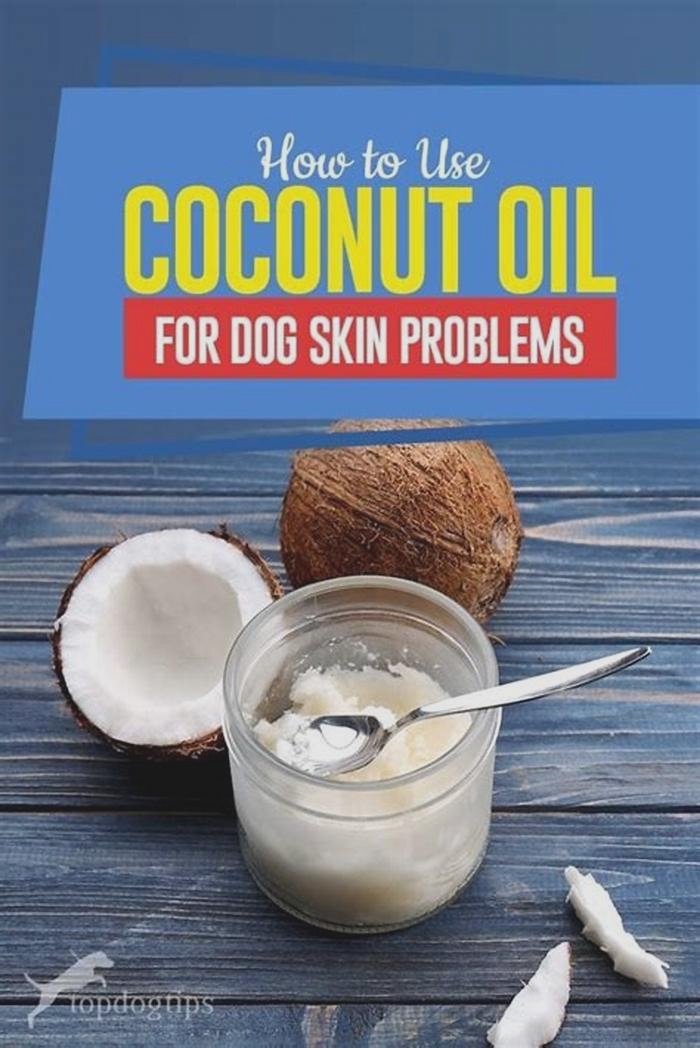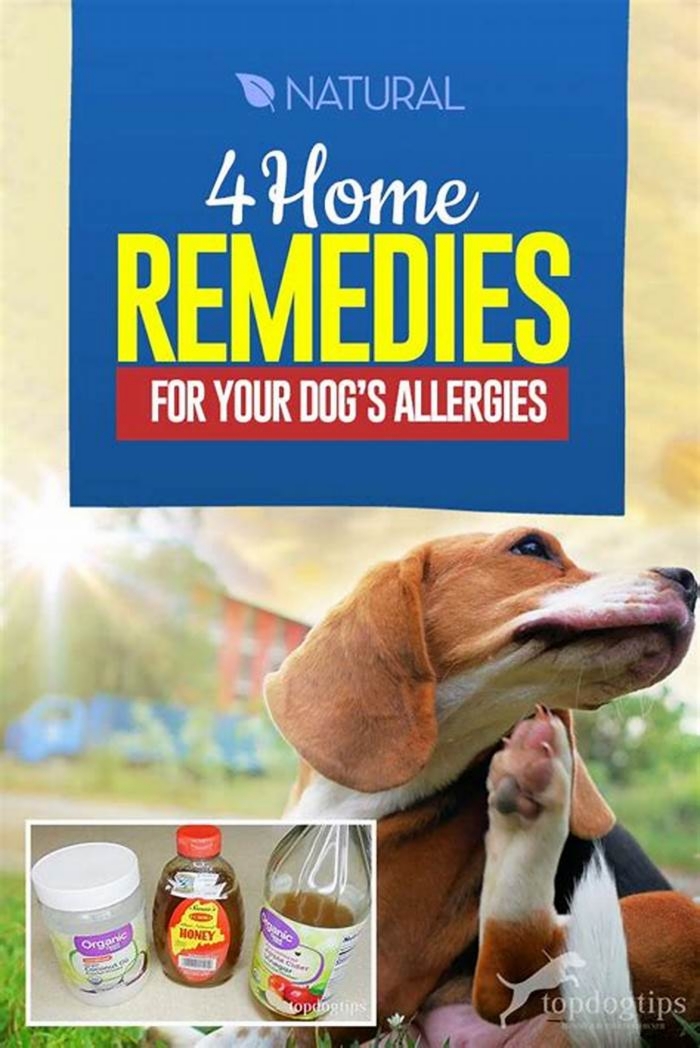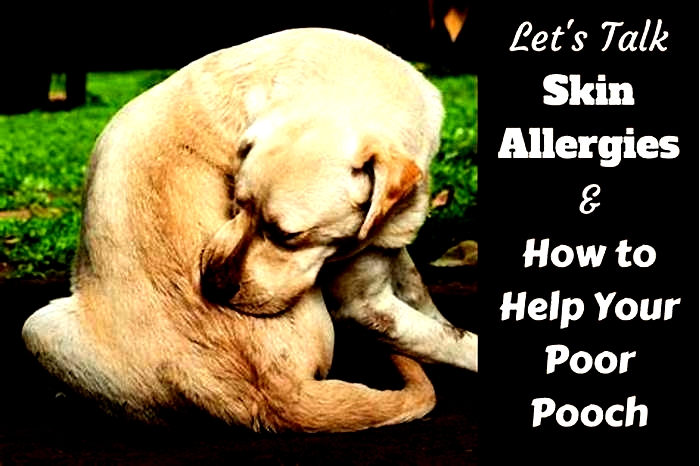How do you get rid of dog fur allergies
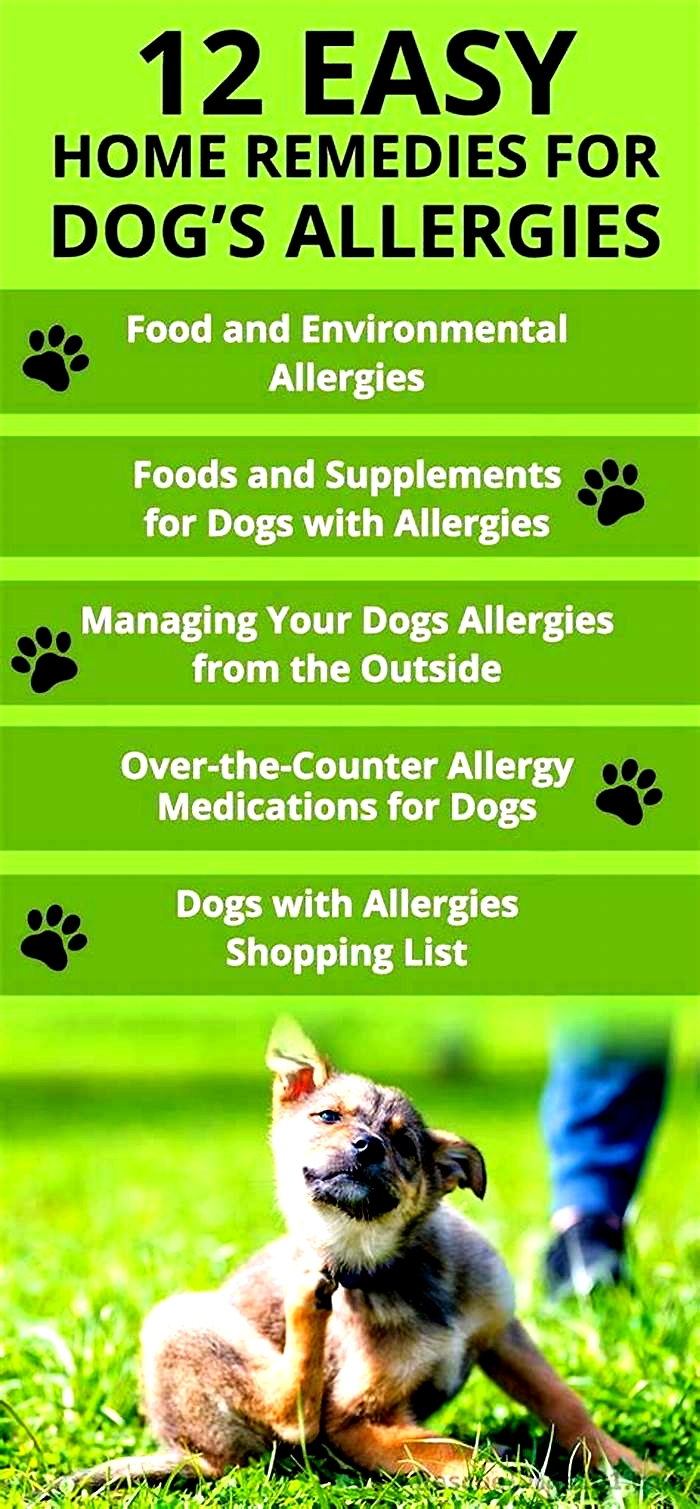
9 Ways To Get Rid of Dog Allergies (Simple Steps)
Owning a pet comes with plenty of perks from companionship to stress relief, unconditional love, and many other bonuses.
In most cases pet owners consider their pets as part of their family.
But what do you do when one of your family members is always making you sick?
We`re referring to the allergy-causing pet dander which can cause unpleasant and uncomfortable health complications like sinus pain, itchy eyes, a runny nose, or even skin reactions.
While you may not exactly become immune to dander, well discuss some simple ways you can get rid of dog allergy symptoms.
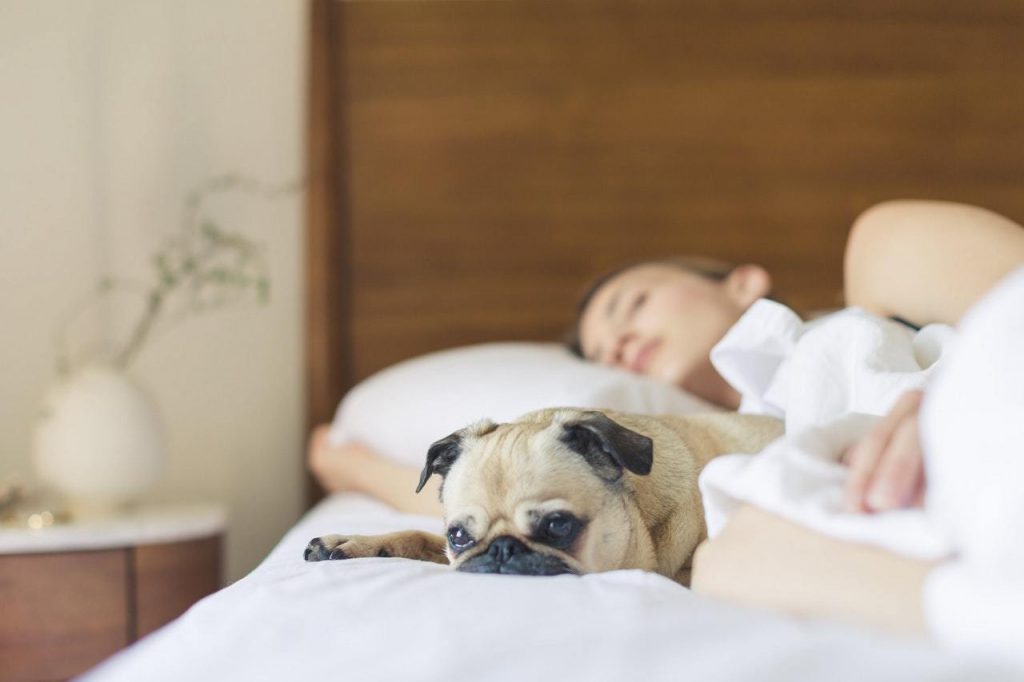
Our website is reader-supported through affiliate programs. If you purchase via links on our site we may earn a small commission.
Please note that this advice is for informational purposes, and is NOT professional medical advice. If you suffer strong or severe allergy symptoms, we strongly encourage you to see a qualified medical specialist about your condition.
Tips For Eliminating Dog Allergy Symptoms
1. Clean More Often
Yes, I know cleaning is no fun, but pet dander, the most common type of dog-produced allergen, sticks to anything it lands on.
It takes some effort to reduce allergy-causing pet dander in your house, however simply cleaning household surfaces is sufficient to remove pet dander, and a quick clean every few days helps enormously.
You should also pay special attention to carpet, especially since foot traffic causes dander particles to continuously be thrown back into the air you breathe.
Did you know that dried dog saliva and urine also cause allergy symptoms?
If your dog likes to sleep in one spot on the carpet, then its likely there will be dried saliva there, and these particles can become airborne.
The best way to clean your carpet is to use a vacuum cleaner withHEPA filters, and for solid surfaces, a simple wipe with a damp cloth is sufficient to remove the dog dander.
2. Groom Your Pet Regularly
Let`s face it, most dog owners do not bathe their dogs as required, usually due to a lack of time, or not enjoying the chore of grooming.
Either way failing to bathe your dog will contribute to the build-up of allergens in your dogs coat.
Regular brushing can also be great to loosen and remove dead skin cells, but if you already have allergy symptoms then breathing the loosened particles can give you a nasty reaction so wear a mask while you brush.
According to the Humane Society, bathing your dog at least once a week is sufficient to reduce the number of allergens in your dog by 84%.
Though a simple dip and scrubbing with plain water can do, it`s recommended that you bathe your dog using the a good dander shampoo.
Shampoo is not only essential for removing dander, but some have ingredients to improve your dogs skin, which in turn lowers the amount of dander produced.
Read our article about anti-itch shampoos for dogs to find out more.
3. Use Dander Removal Spray
For whatever reasons, you might find that bathing your dog is a grueling task.
If that`s so, using a dander spray remover is your next best option, they are extremely easy to use, and are recommended by vets and allergists.
Dander spray contains natural enzymes, which are responsible for fighting pet dander as well as reducing the pet odors.
The spray is handy, especially for pet owners who are expecting visitors who are allergic to dogs, and studies have found vastly reduced dander loads in homes where the spray is used weekly.
Most sprays come with a set of grooming gloves, so you just spray your dogs coat and brush them over with the gloves once a week easy!
See some dander removal sprays at Amazon
4. Install A HEPA Air Purifier
Your ability to clean your household items can only go so far. You`re surely going to miss some places, and there are times when you cant get around to cleaning life gets busy.
Installing HEPA filters in your HVAC system, or free-standing air purifiers is a great solution to filtering microscopic pet dander from the air you breathe in your home.
Air purifiers with HEPA filters work by drawing in small airborne particles and trapping them in the extremely fine filter, with pure clean air returned to the room.
What many users love about HEPA filters is that besides removing dander, they also remove other allergy-causing particles such as mold, lint, and dust.
Most importantly, the air filters can provide a constant flow of fresh and quality air into your household.
See our recommendations for effective HEPA furnace filters
5. Designate Pet Free Spaces In Your Home
Yes, as much as we often like to have our favorite friends sitting on our bed wagging their tails, if youre an allergy sufferer then this brings the problem to the worst possible place.
Anywhere you spend large amounts of time will expose you to more allergens, so its worth thinking about where you do and dont want your dog to be.
One other obvious place is your lounge suite, as you will likely sit there regularly binge-watching some bizarre new Netflix series!
Once you make a final decision, then you can either close doors to those rooms, or train your dog to know where they are allowed to go in your house.
6. Cover Your Furniture With Washable Hypoallergenic Covers
Allowing your dog to roam freely in every corner of your household, including the bedroom is not a good idea.
Once they are on your bed, your pooch is likely to leave traces of dander, which is highly likely to cause an allergic reaction while you sleep there for 8 hours night after night.
However much you try to restrict your dog from sleeping on your bed or lounge suite, sometimes they may sneak where they shouldnt be especially the cheeky ones!
Removable and washable covers are one way you can help combat this problem, as they will protect the surfaces underneath from getting loaded with allergens, and can be cleaned regularly.
Get hypoallergenic bedding covers at Amazon
7. Use A Dust Mite Spray
Aside from having allergic reactions to pet allergens, quite often people have reactions to the microscopic creatures that feed on those allergens such as dust mites.
Reducing dander around your home will help reduce dust mite numbers, since they will have less food, however you can reduce the occurrence of dust mites further with special sprays.
Get mite and allergy control sprays at Amazon
8. Allergy Immunotherapy
Also referred to as allergy shots,allergy immunotherapyis a treatment option that lessens your reaction to the allergens you get treated for.
Similar to a vaccine jab, allergy shots work by decreasing your sensitivity to dog allergens, helping to greatly reduce your symptoms.
Allergy shots work by exposing the human body to mild amounts of allergy-causing contaminants, and helps the body to build up an immunity or tolerance to the allergens.
To get these you will need to speak to your doctor for advice.
9. Get Rid Of Your Dog
Before you begin demonizing me, this is the first thing an allergist will recommend, but obviously for any true dog lover this is the absolute last resort.
While giving your dog away is completely unthinkable, to some the daily misery of strong allergy symptoms is too much to handle.
Though the idea is heartbreaking, it does not mean you can never see your dog again.
You could take them to a farm, give them to a family member, or friend who you trust to look after and love your dog as much as you do.
Sources
https://www.aaaai.org/conditions-and-treatments/library/allergy-library/allergy-shots-(immunotherapy)
How To Get Rid Of Oily Dog Fur [& Prevent It Going Forward]
Greasy, oily fur is a common complaint among dog owners. Its no surprise that you are here today. Furthermore, to make matters worse, greasy fur can have multiple causes, from dietary deficiencies to skin infections. So, how can you treat oily dog fur, and how can you prevent it from reoccurring in the future? Today, I am going to be sharing all.
So, how can I get rid of oily dog fur?To get rid of oily dog fur, you first need to determine the cause by checking with your vet. Depending on the diagnosis, you may be prescribed treatments such as medicated shampoos or dietary changes. Regular check-ups and keeping your dog at a healthy weight will help to prevent further issues.
With this in mind, lets delve into the causes in further detail to help you try to identify whats going on with your dog.
Then well look at what you can do going forward.
So keep reading!
Why Do Dogs Get Oily Fur?
Dogs get oily fur as a result of excess oil secretions, which can be normal for the breed, or caused by medical conditions, including; primary Seborrhea, hypothyroidism, Diabetes, autoimmune disease, Cushing disease, or lymphoma disease, or lifestyle factors such as food allergies, skin sensitivities, mite infestations or vitamin deficiencies.
Dogs can get oily fur for a wide variety of reasons.
The condition is caused by the overproduction of oil and sebum (a waxy substance designed to protect the skin) by the skin glands.
These oils are important because they trap dirt and create a barrier to prevent pathogens from entering the body.
For instance, if your dog gets a cut, these oils will prevent bacteria from entering, which may cause an infection.
Without these oils, your dogs skin can become irritated.
Their coats may also become more brittle and thinner because skin oils and sebum work to keep the coat healthy and shiny.
However, sometimes the body can overproduce these oils, resulting in greasy-looking skin.
This can also become a problem, so its important to understand the causes and treatment options.
Excess oil secretions can cause numerous issues, including:
- Redness
- Flaking of the skin and dandruff
- Itching
- Skin infections
Too much oil can also trap pests and pathogens against the skin, causing further issues.
Here are some of the more common causes of oily dog fur:
Primary Seborrhea:
Seborrhea is the medical term used to describe the illness that causes an overproduction of sebum and oil.
Most cases of Seborrhea are caused by another existing skin condition, such as an allergy or vitamin deficiency.
This is referred to as secondary Seborrhea. However, this illness can also have a genetic base, so its passed down from parent to puppy.
This is known as Primary Seborrhea.
Primary Seborrhea causes a dog to have abnormal skin cells, which can lead to the production of excess skin oils.
Symptoms usually start to appear when a dog is around two years of age, and its more likely to affect certain dog breeds, including:
- Cocker Spaniels
- English Springer Spaniels
- Basset Hounds
- German Shepherds
- Dachshunds
- Labradors
- Golden Retrievers
- West Highland White Terriers
- Dobermans
- Shar-Peis
Dogs with Seborrhea will generally have flaky skin that tends to be more pronounced in areas of the body that are heavy in sebaceous (oil) glands, such as down the back, the flanks, neck, and face.
They will also have a greasy, oily-looking coat. Symptoms are typically worse in and around skin folds, such as between the toes, under the tail, and on the belly.
If left untreated, Seborrhea can lead to yeast or bacterial infections.
Unfortunately, there is no treatment for Primary Seborrhea.
However, the condition can be managed with medicated shampoos and vitamin supplements.
Food Allergies
One of the most common causes of a greasy coat is a food allergy or intolerance. Common culprits include wheat, corn, and soy.
However, artificial colorings and flavorings may also be responsible.
High-quality diets that contain a good portion of free-range meat are the best option for dogs with food allergies.
Skin Allergies
Skin allergies can have multiple triggers, including fleas, dust, mold, pollen, and grasses.
Symptoms often flare up when dogs come into contact with these allergens.
These can include hair loss, excessive scratching, a runny nose, and irritated, flaky skin.
Hypothyroidism
This is an endocrine disorder that causes bodily functions to slow down due to an underactive thyroid.
Symptoms include lethargy and weight gain, as well as skin and coat changes.
Diabetes Mellitus
Another endocrine disease that is fairly common in dogs in which the body is unable to produce enough insulin.
Insulin is responsible for turning food into energy, so without it, cells can become starved of energy.
There are three types of Diabetes that can affect dogs, these are:
- Type I This is the most common type of Diabetes seen in dogs. It destroys insulin-secreting cells, so dogs with this form will need to take insulin supplements for the rest of their lives.
- Type II This form of Diabetes is strongly related to obesity. It causes the pancreas to produce less insulin and respond less efficiently to the insulin that is secreted. This leads to higher levels of glucose in the blood.
- Type III This is usually caused by pregnancy. Its fairly uncommon in dogs but can be fatal.
Autoimmune Disease
Autoimmune diseases cause the body to attack its own cells.
Various types of autoimmune diseases can cause skin lesions and a greasy coat, includingpemphigus foliaceus,lupus erythematosus, andsebaceous adenitis.
Mite Infestation
Mites irritate the skin, which can lead to hair loss and itchy skin.
Dogs that suffer from reoccurring infections can develop oily, flaky skin and weeping sores.
If not treated, these infections can cause a dog to become emaciated.
Cushings Disease
Also known as hyperadrenocorticism, Cushings disease is caused by an overactive adrenal gland that produces too much stress hormone (cortisol).
Its more commonly seen in older dogs over the age of seven years.
Cutaneous Epitheliotropic Lymphoma
This is a type of cancer that affects the skin.
Symptoms show as ulcerated or infected patches on the skin, particularly around the nose, lips, and gums, as well as skin changes.
Vitamin Deficiencies
Skin issues such as flaky skin and oily fur can also be caused by various vitamin deficiencies that occur as a result of an improper diet.
These include Zinc and Vitamin A deficiencies.
Normal Response From Particular Breeds
Bear in mind that some breeds are designed to have oilier coats than others.
For example, Labradors were bred to help fishermen haul nets to catch cod in the waters surrounding Newfoundland.
As a result, they have incredibly waterproof coats.
The undercoat traps heat, which prevents them from getting too cold when diving into icy water, and they naturally secrete a large amount of oil to repel water.
Saying that, if you notice your dogs coat is excessively greasy or is giving off a foul smell, you will want to get them to a vet for a check-up because there could be an underlying health condition that needs addressing.
How Can I Get Rid Of Oily Fur On My Dog?
Oily fur has a variety of different causes. So, to get rid of it, you will first need to get your dog checked over by your vet.
Only then will you be able to treat the condition.
Potential Veterinary Tests
- Cutaneous Cytology:Taking a skin scraping to look for signs of mites, fleas, bacterial or fungal infections.
- Diagnostic tests:These include a complete blood count, biochemical profile, and urinalysis to determine if any hormone imbalances or allergies are present. They will also test thyroid hormone levels to see if your dog is suffering from hypothyroidism.
- A biopsy:If cancer or an autoimmune disease is suspected.
Potential Treatment Options
Treatment will vary depending on the diagnosis. However, they can include
- Medicated shampoos
- Antiparasitic drugs
- Hormone replacement therapies and medications
- Antibiotics or antifungals
- A hypoallergenic food trial
The treatment for Primary Seborrhea is more likely to be regular medicated baths with anti-seborrhea shampoos.
These generally should be done once every 2-3 days to begin with until symptoms begin to decrease.
You may also be prescribed prednisone to soothe any inflammation.
Its important to remember that the severity of the condition as well as the available treatment options, will vary depending on the cause of oily skin and whether any other symptoms are present.
If your dog is just suffering from a mild case of flaky skin and oil fur, then you can try bathing them in an oatmeal mixture.
Other options you can try include aloe vera and peppermint essential oil. However, if you are concerned, its always best to seek the advice of a vet.
How To Stop Your Dog From Having Oily Fur In The Future
Oily fur is a common problem in canines.
Luckily, there are a number of things you can do to reduce the likelihood of the problem reoccurring:
Use Regular Flea and Parasite-preventative Medications
This is especially important if your dog suffers from pest allergies. You can purchase these medications from most pet stores.
However, the best option is to get them directly from your veterinarian because they will be able to guide you on the best brand to use.
Most flea and parasite-preventative medications should generally be applied once every 1-3 months to prevent infection.
Keep Your Dog On A High Quality Diet
Cheap dog kibble, which contains high levels of fillers, such as wheat and soy, is often the main cause of food allergies in dogs.
To avoid this, keep your dog on a diet that is specifically tailored to their needs.
You will particularly want to ensure that it contains a high percentage of meat protein as well as a variety of vegetables to maintain a healthy coat and skin.
Keep Your Dog At A Healthy Weight
Obesity can cause several detrimental health issues, including skin conditions and thyroid problems.
So, its essential that you maintain portion control and limit snacking.
Its also a good idea to regularly schedule check-ups with your vet, so you can pick up on any problems early on.
Use Omega-3 Supplements
Omega-3 is a group of polyunsaturated fats, usually derived from fish as well as leafy green vegetables and nuts.
This has become a very popular dietary supplement for canines in recent years as it promotes overall health, plays a vital role in hormone control, and can help the body to absorb other essential vitamins.
Omega-3 is an inflammatory supplement that can also support the joints as well as skin and coat vitality.
If you are unsure of the best supplements to use, its best to speak to your vet for advice.
Finish All Courses Of Prescribed Medications
If your dog has been found to have an underlying health condition that is contributing to oily fur, you will probably have been prescribed a course of medication.
Its essential that you stick to the instructions on the packet and those given to you by your vet.
Similarly, you should make sure you finish all courses of medication, even if your dog seems to be better.
Stopping medication early can cause the remaining hidden bacteria to become resistant to further treatment.
This will make them much harder to treat in the long run.
Depending on the condition, some medications will be life-long. If this is the case, it can be beneficial to set up a schedule so you dont forget to offer a dose.
Use Shampoo Products Specifically Designed For Oily Dog Fur
Avoid any shampoos containing harsh chemicals, as these can damage the skin.
Instead, choose natural shampoo products that contain soothing ingredients such as aloe vera and eucalyptus.
This particular product from Amazon is exactly what you should buy and use.
Remember to not bathe your dog too often unless advised to by your vet because regular bathing can lead to dry, irritated skin.
It can also cause the skin glands to produce even more oil than normal.
Finally
Oily dog fur is something you likely really want to address. Besides, theres nothing worse than that greasy look and feel, especially when it comes to stroking.
Just consider here that some breeds have oilier fur than others; for some dogs, it is, in fact, protective.
The issue is when excess oil is produced, that is not normal for the breed or normal for your dog.
Thats when you should approach a vet.
And be sure you do.
At-home treatments and remedies may seem like the cheaper, easier approach.
But you dont want to exacerbate the problem or cause new problems from inappropriate products or techniques.
So, err on the side of caution and ask the experts.
From there, youll be able to implement a sound approach to reduce the oily fur and keep it that way, going forward.
Related guides you may want to read:
I am an experienced pet owner with decades of experience owning a number of different pets, from traditional pets like dogs and cats, to the more exotic like reptiles and rodents. I currently own a Cockapoo (pictured) called Bailey. I am also the main writer and chief editor here at Pet Educate; a site dedicated to sharing evidence-based insights and guidance, based on my vast pet ownership knowledge, experience, and extensive research.

